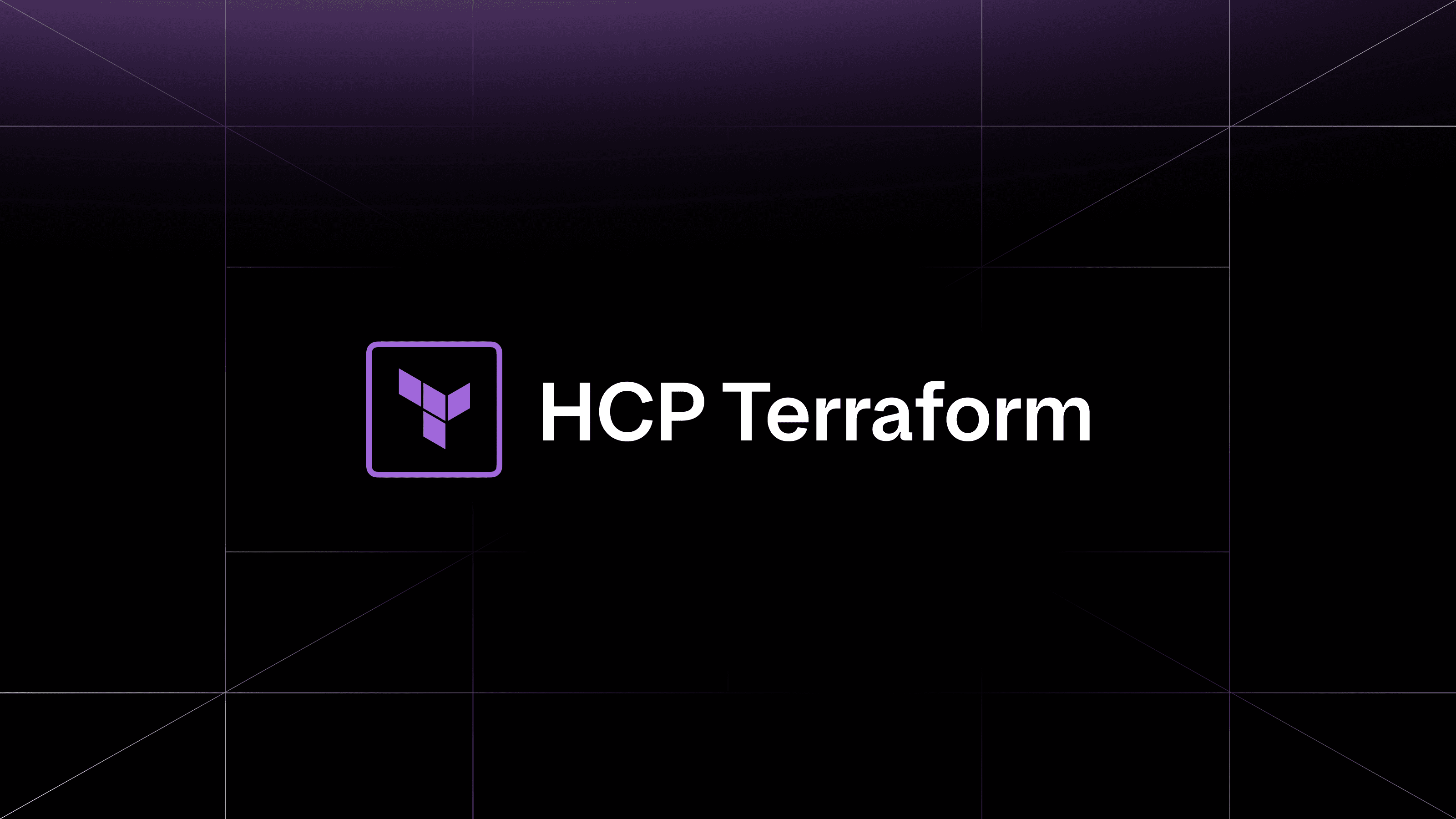Public key infrastructure (PKI) is foundational to digital security, enabling secure communication, authentication, and encryption across a wide range of applications. Within the PKI ecosystem, certificate enrollment protocols are essential for automating the issuance and renewal of digital certificates.
Recently, Vault Enterprise 1.20 added support for the Simple Certificate Enrollment Protocol (SCEP), expanding its certificate management capabilities to better serve legacy and device-centric environments such as networking hardware, mobile device fleets, and embedded systems.
SCEP has long been a widely adopted protocol for provisioning certificates in resource-constrained environments. However, as the security landscape evolves, many organizations are evaluating or transitioning to modern alternatives like Enrollment over Secure Transport (EST) and Automated Certificate Management Environment (ACME) for enhanced security and automation.
This post explores what SCEP is, what differentiates it from other PKI protocols, common use cases, and why many organizations are migrating to newer protocols — and how Vault can support you at every stage of that journey.
»What is SCEP?
Developed by Cisco, SCEP is a PKI protocol focused on enabling hardware devices, especially routers, switches, and other network hardware, to request X.509 certificates from a certificate authority (CA). It was designed to be lightweight and simple, especially for environments where full-featured PKI management was impractical.
SCEP supports:
- Certificate enrollment (via JAMF and Microsoft Intune integrations)
- Certificate renewal
- Certificate revocation (limited support)
SCEP became popular because of its simplicity, broad vendor adoption, and low resource demands, particularly for hardware and embedded systems. It continues to offer key benefits in certain scenarios:
- Lightweight footprint: SCEP can run on constrained devices (like routers or IoT sensors) with limited processing power and memory.
- Wide support: Many network hardware vendors (e.g. Cisco, Juniper) have built-in SCEP support, making it easy to integrate into existing environments without custom development.
- Operational familiarity: Many PKI and MDM administrators already understand how to configure and troubleshoot SCEP, reducing training needs and administrative friction.
- Firewall-friendly: SCEP typically uses HTTP over standard ports, simplifying firewall and proxy configuration, especially in tightly controlled network environments.
»Key differentiators of SCEP
Despite being a legacy protocol, SCEP continues to be used in many enterprise and network environments due to its simplicity and broad support. However, it's important to understand both its unique characteristics and inherent limitations:
»Security
SCEP uses static, pre-shared secrets (challenge passwords) to authenticate certificate requests. While this mechanism made early device enrollment simple, it introduces security concerns. These shared secrets are often reused across devices and can be difficult to rotate, creating risk if compromised. Additionally, SCEP lacks built-in support for strong client authentication or identity validation mechanisms.
»Functionality
SCEP was designed with a focus on basic certificate enrollment, particularly for devices with limited computational resources. It supports certificate requests, enrollment, and renewal — but does not natively support revocation status checking, policy enforcement, or complex workflows. Certificate lifecycle management tasks such as revocation or attribute-based issuance often require external workarounds or manual intervention.
»Interoperability and standards
SCEP enjoys broad vendor adoption, especially among network and mobile device management platforms. However, it has seen limited evolution since its original implementation. While an informational RFC exists (RFC 8894), SCEP is not a formal IETF standard, and its feature set remains largely static. This lack of modernization makes it increasingly difficult to align with current PKI best practices and evolving cryptographic requirements.
»Deployment simplicity
One of SCEP's lasting strengths is its lightweight deployment model. It is well-suited for resource-constrained environments such as embedded systems, routers, and IoT devices. The protocol operates over HTTP, which minimizes configuration complexity and makes it relatively easy to implement within firewalled or segmented networks.
Common use cases for SCEP
SCEP has several common use cases:
- Network devices: Cisco routers, switches, firewalls, and other appliances often rely on SCEP for automated certificate provisioning.
- Mobile device management (MDM): SCEP is integrated into some MDM platforms to provision certificates to smartphones and tablets.
- Legacy systems: Older operating systems or embedded devices that lack support for modern protocols may still depend on SCEP.

SCEP enables secure mobile device management
These use cases often persist because of legacy infrastructure, existing integrations, or device constraints that make migration challenging.
»How SCEP compares to other PKI protocols
While SCEP served an important purpose in the early days of network security, it has several limitations that differentiate it from more modern protocols:
| Feature | SCEP | EST | ACME |
| Transport security | HTTP with optional basic security | HTTPS with mTLS | HTTPS with robust domain validation |
| Authentication | Weak (shared secrets) | Strong (mTLS, certificates) | Strong (challenges, DNS/API validation) |
| Certificate renewal | Manual or device-initiated | Automated | Fully automated |
| Modern Cryptography support | Limited | Strong (supports ECC, RSA, etc) | Strong |
| Client usability | Device-focused | Broad support (network devices, IoT, endpoints) | Optimized for web servers and DevOps use cases |
Why organizations are migrating to EST or ACME
As digital infrastructure grows more complex and security requirements become more stringent, SCEP’s limitations become harder to ignore. Here's why many teams are transitioning to EST or ACME.
»Improved security posture
SCEP’s use of static challenge passwords exposes organizations to potential misuse or credential leakage. EST uses mutual TLS and strong identity binding, and ACME employs domain validation, making both protocols more resistant to man-in-the-middle attacks and unauthorized certificate requests.
»Automation and scalability
Modern protocols support fully automated certificate issuance, renewal, and revocation. The CA/Browser Forum has recommended reducing certificate lifespans to just 47 days — a significant shift aimed at minimizing the impact of compromised or misissued certificates and encouraging best practices like key rotation and rapid revocation.
While shorter lifespans enhance security, they also increase the frequency and complexity of certificate management. Without automation, organizations face higher risk of outages due to expired certificates, inconsistent enforcement, and growing operational overhead. Automation is critical to manage this lifecycle effectively — especially across cloud-native environments, IoT deployments, and DevOps pipelines, where manual intervention is impractical and error-prone.
»Compliance and auditability
Regulatory frameworks increasingly require robust access controls and strong encryption. Migrating to a standards-based protocol with enhanced logging and auditability helps organizations meet compliance goals more easily than SCEP.
»Future-proofing infrastructure
As vendors phase out SCEP support or stop updating integrations, continuing to rely on SCEP can lead to operational debt. EST and ACME, being under active development and backed by strong communities and standards bodies, offer better long-term viability.
»Choosing between EST and ACME
Both EST and ACME are compelling alternatives, but they’re optimized for different environments:
- Consider migrating to EST if your organization requires:
- Support for client certificate authentication (e.g. mutual TLS)
- Integration with network devices, IoT, or machine identity systems
- Granular control over enrollment policies and profiles
- Migrate to ACME PKI if your team needs to align with the following:
- Scalable certificate issuance for web servers and services
- Automation across cloud-native and containerized environments
- Integration with DevOps tooling and DNS APIs
Some organizations even deploy both. EST is used for internal device provisioning, while ACME is used for external-facing services.
»A bridge to your PKI future
SCEP played a vital role in making PKI accessible to a wide range of devices, but its age is showing. Security weaknesses, limited functionality, and lack of future development make it a less-than-ideal choice for modern infrastructure.
Organizations looking to strengthen their PKI foundations and streamline certificate management are increasingly turning to EST and ACME. Migrating away from SCEP isn't just a technical upgrade, it's a strategic move toward better security, efficiency, and compliance. Vault Enterprise includes support for SCEP so that organizations can take a phased approach toward modernized security.
Our recommendation is for organizations to standardize their PKI practices within Vault, centralizing all current PKI protocols there first. Then, as teams become more comfortable with centralized security lifecycle management through Vault, migrations to different PKI protocols, such as the shift from SCEP to EST or ACME becomes a lot easier and less expensive.
HashiCorp’s platform-based approach to its products is focused on meeting customers where they are, not forcing teams into large transformations before they’re ready. Visit our Vault homepage and our Infrastructure Cloud page to learn more about our security and operations philosophy.









